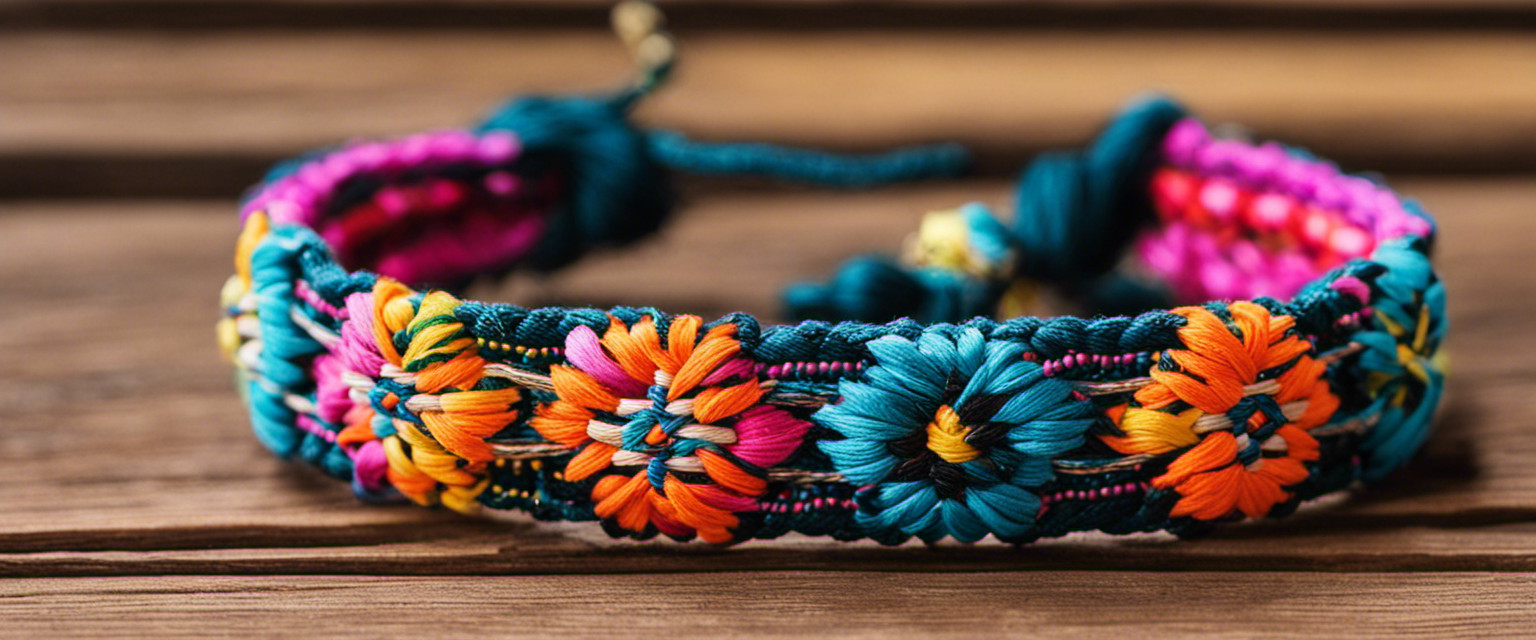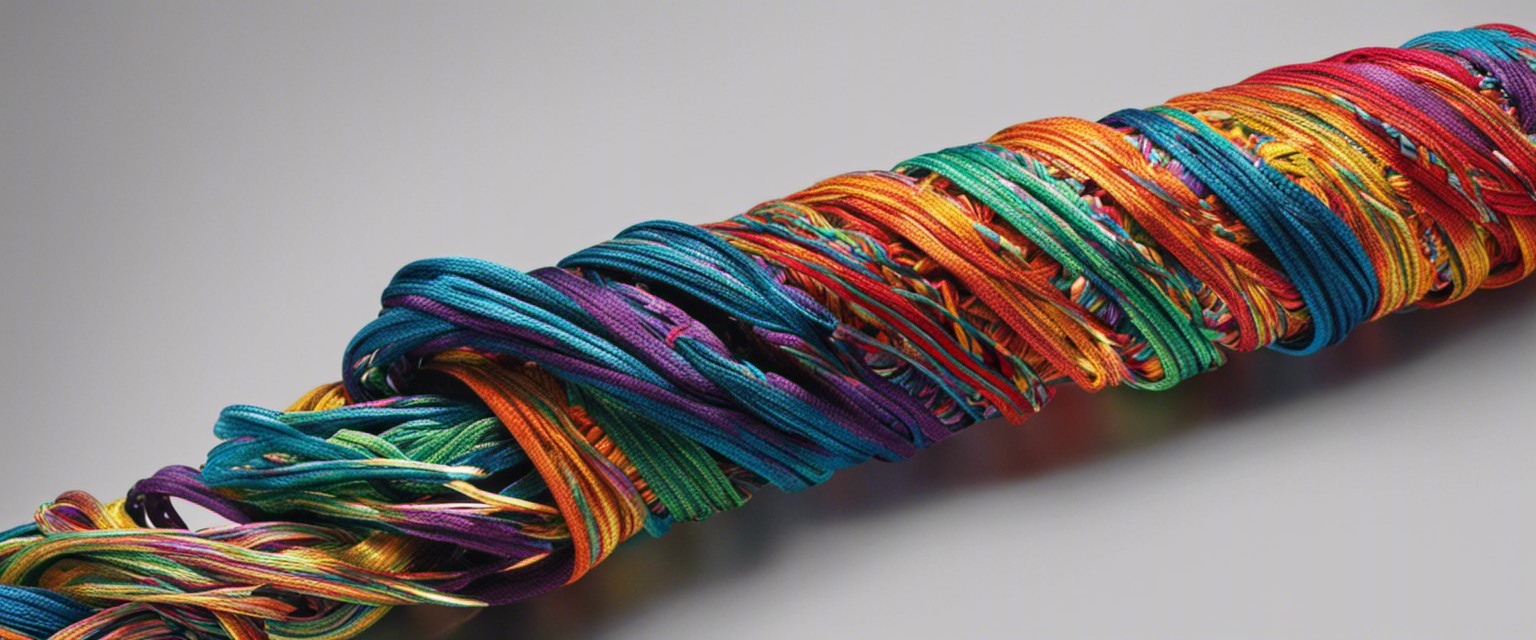This article aims to explore the seemingly trivial but historically significant topic of different types of knots and their history.
In order to provide a comprehensive understanding, the discussion will encompass the origins and development of various knots, followed by a detailed explanation of their main types.
Furthermore, practical tips for tying these knots will be provided to enhance readers‘ knowledge and skills in this area.
By delving into this subject matter, readers can gain insight into an often overlooked yet fascinating aspect of human ingenuity and craftsmanship.
Knot History
The origins of knots can be traced back to ancient times, with evidence of their use found in various cultures around the world. Knots were initially developed as a practical solution for securing objects and materials, such as tying ropes and fastening clothes.
Over time, techniques for knot tying evolved and became more refined, with different cultures developing their own unique styles and methods.
Origins of Knots
Originating from various cultures around the world, knots have been used for centuries as practical tools and decorative elements. The cultural significance of knots varies across different societies, with some considering them as sacred symbols representing unity, protection, or spiritual energy.
Knot designs often incorporate symbolism, such as the Celtic love knot symbolizing eternal love or the Chinese endless knot representing interconnectedness. These intricate patterns and meanings in knot designs highlight the rich history and diverse interpretations of this ancient art form.
Evolution of Techniques
Evolutionary changes in knot tying techniques have been influenced by advancements in technology and the needs of various industries.
Over time, new materials and tools have allowed for the development of more efficient and secure knots.
Additionally, different cultures have contributed to the evolution of knot tying techniques, with each culture adding its unique twist to the practice.
The cultural significance of knots can be seen in traditional ceremonies and rituals where specific knots are used symbolically.
Main Explanation of Different Types of Knots
Various types of knots exist, each serving distinct purposes and embodying unique structural characteristics.
Knots have practical applications in various fields such as sailing, mountaineering, and construction.
For instance, the figure-eight knot is commonly used in rock climbing due to its strength and ease of untying after being loaded with weight.
Modern variations of knots have been developed to enhance their performance or address specific needs.
These variations often involve modifications to the original knot’s structure or method of tying.
Tips for Tying Different Types of Knots
A thorough understanding of the proper techniques for tying different types of knots is essential in order to ensure their optimal functionality and reliability. When it comes to tying various knots, there are several tips that can be helpful for achieving success:
- Choose the right knot for the specific task at hand.
- Use appropriate knot tying tools such as ropes, cords, or straps.
- Practice and repetition are key to mastering knot tying skills.
- Pay attention to tension and tightness when securing a knot.
- Regularly inspect and maintain knots to ensure their ongoing effectiveness.
By following these tips, individuals can enhance their ability to tie different types of knots effectively and efficiently.
In the next section, we will explore some final thoughts on the importance of acquiring knowledge about knots.
Final Thoughts
In conclusion, developing expertise in knot tying techniques is significant for achieving optimal functionality and reliability.
The implications for modern applications are vast, as knots play a crucial role in various fields such as sailing, rock climbing, and rescue operations.
Additionally, the cultural significance of knots cannot be overlooked. They have been used by different societies throughout history as symbols of unity, protection, and craftsmanship.
Understanding the history and techniques behind knots allows individuals to appreciate their multifaceted nature and apply them effectively in contemporary contexts.
Frequently Asked Questions
Are There Any Knot Types That Are Commonly Used in Everyday Life?
Common knot types are frequently used in everyday life due to their practical applications. Mastering essential knots can be helpful in various situations, providing individuals with tips and tricks for securing objects and ensuring safety.
Can You Use Different Types of Knots for Specific Purposes, Such as Boating or Camping?
Different types of knots can be used for specific purposes, such as boating or camping. For example, in fishing, different knots are used to secure hooks and lures. In rock climbing, various knots are employed to ensure safety and stability while ascending.
What Are Some Lesser-Known Knot Types That Are Interesting to Learn About?
Exploring lesser-known knot types can be a fascinating endeavor. Different crafts rely on various knot types, each serving a specific function. Additionally, diverse cultures have developed unique knotting techniques, offering a rich tapestry of knowledge to discover.
Is There Any Cultural Significance or Symbolism Associated With Certain Knot Types?
The cultural significance of knot types lies in the symbolism associated with them. Different knots can represent various aspects such as unity, protection, or spirituality within specific cultures and traditions.
Are There Any Famous or Historical Figures Known for Their Expertise in Knot Tying?
Throughout history, there have been famous figures known for their expertise in knot tying. These individuals employed various techniques and styles, showcasing the versatility of knot tying as a skill.





